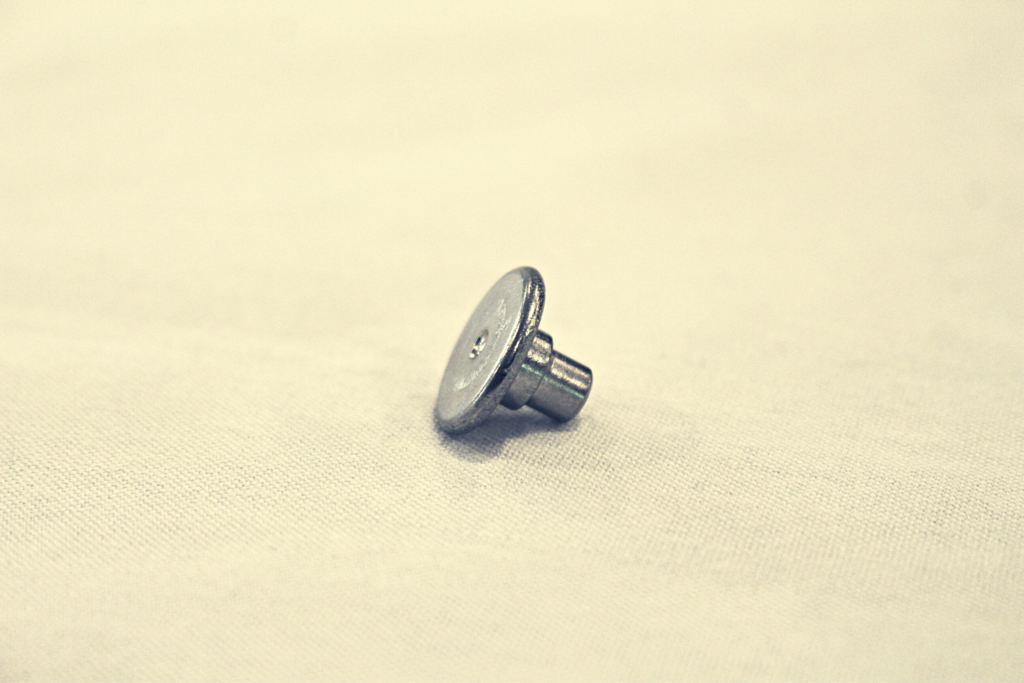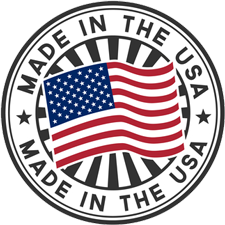Is a Rivet the Same as a Pin?
Pre-assembly, rivets look a lot like pins. In fact, this is readily stated in most definitions. TWI writes that “A rivet is a mechanical fastener composed of a head on one end and a cylindrical stem on another (called the tail) which has the appearance of a metal pin.” In other words, rivets, like pins, are unthreaded. But how rivets work and are used in applications differs from pins.

But the most important feature of the rivet is it’s permanence in an application. Their purpose is similar to that of a nut and bolt combination. But while you can easily disassemble and reassemble a nut and bolt, rivets cannot be removed without be broken or damaged. They are designed to hold together permanent joints, similar to welding applications. In other words, rivets are installed to stay.
How do Rivets Work?
The rivet is inserted into a punched or drilled hole. The pre-formed rivet head (or factory head) holds it in place and another head (the shop head) is formed from the tail, by a process called upsetting or bucking. In other words, it’s deformed, expanding to about 1.5 times the diameter of the shaft. The shop head (or buck tail) is flatter than the other head and holds the rivet permanently in place.
Rivets offer some advantages over bolts and nuts. They can resist vibration without loosening and secure joints with short clamp lengths. Rivets are also a fairly versatile fastener, typically less expensive than bolts and screws with quick and low cost assembly options.
What are the Different Types of Rivets?
There are a wide variety of rivets, including solid rivets, one of the oldest types of rivets, dating back to the Bronze Age.

Another common, easy to install rivet is the blind rivet. These rivets are hollow (typically known as pop rivets) or semi-tubular and used on applications where it is not possible to access the rear side of the parts that are being joined.
At Fastco, we specialize in semi-tubular and solid rivets, including:
- Shoulder rivets (semi-tubular or solid rivets with a shoulder under the head)
- Countersunk or flat rivets (used in countersunk holes, these rivets sit flush with the surface)
- Brake lining / clutch facing rivets (both types have flat, chamfered, countersunk heads to provide a smooth surface after install)
If you want to know more about what make, give us a call at 616-389-1402 or 616-389-1409. You can also use our RFQ form to send a quote or email us at sales@fastcoind.com.


